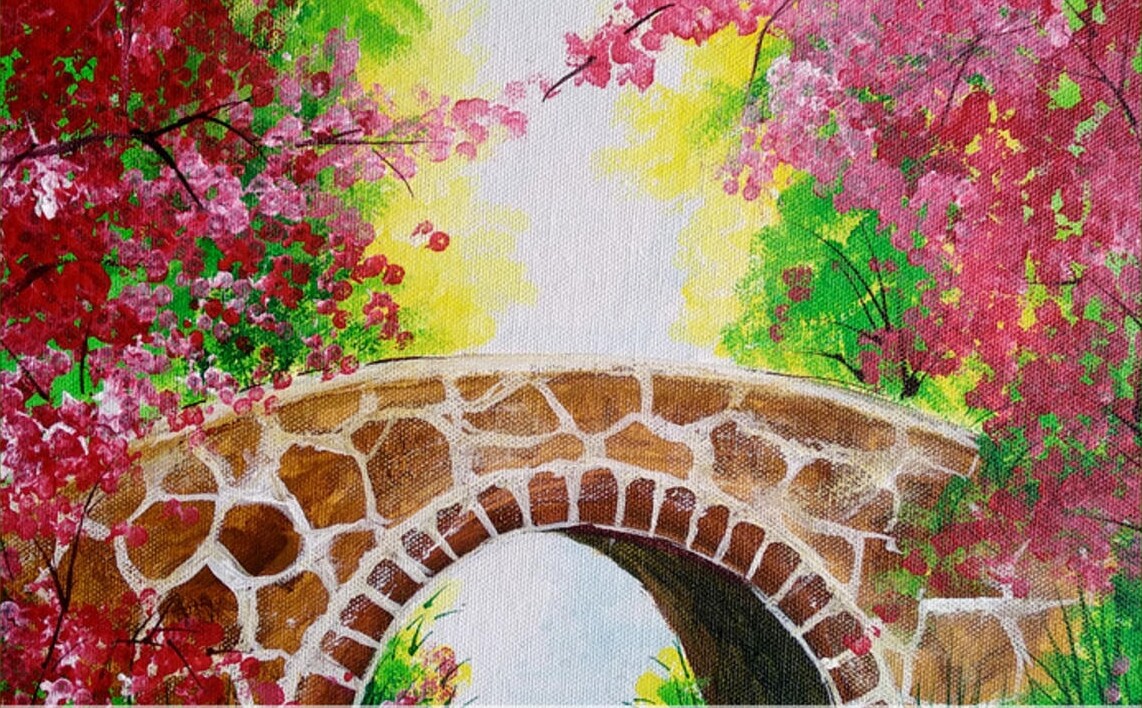Acrylic paintings are versatile and especially suitable for beginners. We give you practical tips on how to paint with acrylic.
Acrylic Painting: The advantages
- Great for beginners: Since acrylic paint is naturally water-soluble and dries quickly, you can paint yourself. You can simply paint over the dry area.
- Versatile: Acrylic belongs to the so-called plastic polymers and can be applied everywhere. Requirement: No wax or oil on the canvas.
- Individual: There are also innumerable processing possibilities. You can paint or fill acrylic or vary the density of the colour. With a paste, e.g. structure paste, you can adapt the colour structure individually.
- Natural: While oil paints are decomposed with toxic substances, acrylic painting comes without them and can be cleaned with simple water.
Many great inspirations for acrylic paintings can also be found at Pinterest!

Acrylic painting: What do I need?
- Canvas, cardboard or paperboard (underground)
- Color shades in tubes or cans
- Brushes for painting techniques
- Water
- Mixing vessel

5 practical tips for beginners!
- Correct color: Better keep your hands off cheap colours, which are often called “handicraft colors” or “hobby colors”. As a beginner/student you can’t go wrong with acrylic paints in study quality, e.g. from “Schmincke”.
- Mixing colors: It is best to use a white container so that you can also easily recognize the mixed pigments of the colors. Be careful and mix thoroughly before adding a new acrylic paint.
- Painting techniques: In order to create beautiful acrylic paintings, start with the background and then continue to move forward. You can easily paint over mistakes. For beautiful color transitions, start with a light color and stroke the new color over the still wet color image. Now you can easily rub the tones together with a brush. You can find many other great painting techniques for your acrylic painting on the Internet.
- Protection: Acrylic is very durable and difficult to remove from clothing or home furnishings. Make sure that you put newspaper around your environment and put on old clothes yourself.
- Brushes: It is best to use synthetic brushes, since some of them are specially made for the demanding acrylic. It is also important to always clean your brushes quickly so that you can use them for a long time. A medium-sized bristle brush is good for creating both thin and thicker lines. Always make sure that your brush is supplied with water so that your colors do not dry out when you paint.

